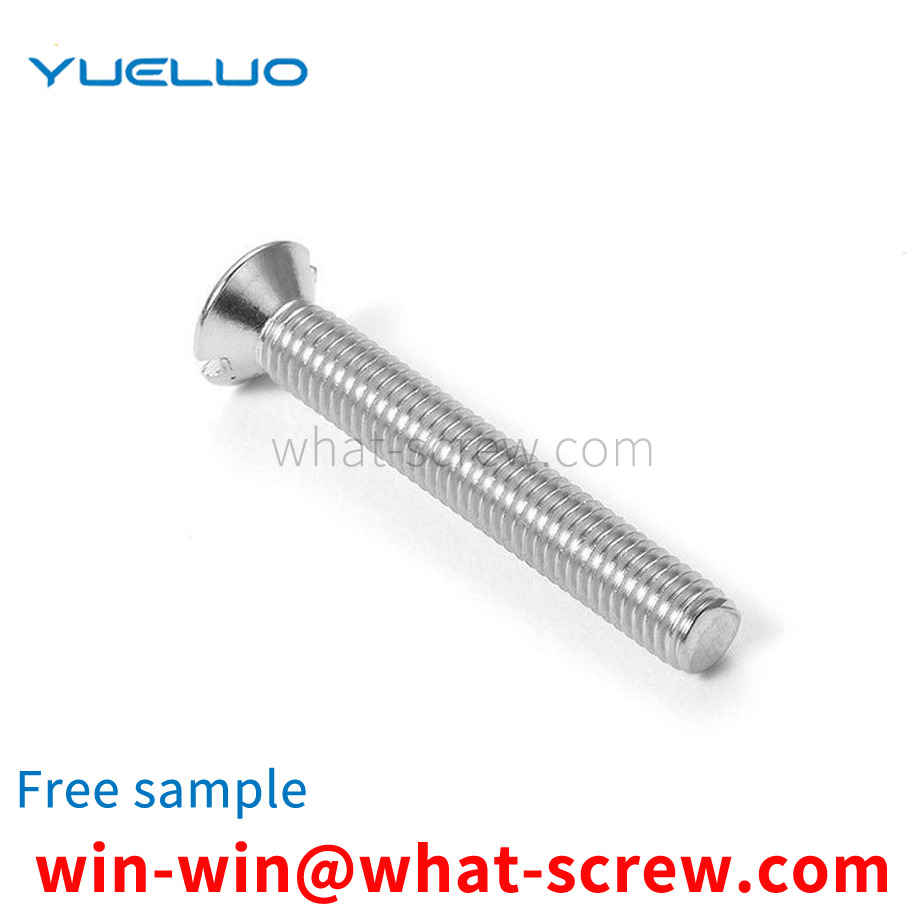Yueluo - a screw and nut disassembly tool for a narrow space, including a sleeve rod, a sleeve rod vertically arranged at one end of the sleeve rod, a connecting rod for fixedly connecting the sleeve rod and the sleeve rod, and a sleeve rod located at the end of the sleeve rod. The connecting rod in the axial through hole of the sleeve rod, the connecting rod located in the axial through hole of the sleeve rod, and the bearing for fixedly connecting the sleeve rod and the connecting rod and making the connecting rod rotate stably in the sleeve rod , and a sleeve head arranged at one end of the connecting rod, the connecting rod and the adjacent end of the connecting rod are provided with gears and the two gears are vertically meshed, so that when the external force drives the connecting rod to rotate, the force passes through The two gears and the connecting rod are transmitted to the sleeve head, thereby driving the screw or nut in the sleeve head to rotate;
Here Yueluo eliminates the drawbacks. The purpose of Yueluo is to provide a locking screw by which the gap existing between the locking screw and a transverse hole in a locking screw can be eliminated. Yueluo achieves the proposed object with a locking screw, which has the features of claim 4 . The line connecting the centers of gravity of the respective axially continuous orthogonal cross-sectional areas of the locking screw is regarded as a line. The advantage achieved by Yueluo can basically be seen that, due to the locking screw of Yueluo, the gap between the horizontal hole of the screw and the locking screw can be eliminated. Other advantages are as follows - the insertion accuracy and surgeon time spent remain within the range to date; - the strength of the locking screw is maintained; and - the extraction of an expired broken screw is assured. The further composition of Yueluo and Yueluo is explained in more detail below by means of schematic diagrams of parts of various embodiments.
Self-tapping screws were introduced into the industry in large numbers in 1914. The earliest design (essentially imitating a wood screw) was a thread-forming screw made of hardened steel with an A-ended end, mainly used to connect sheet metal channels for heating and ventilation systems. Therefore, it is also called: sheet metal screw. By the end of the 1920s, with the widening of the market and new applications, emphasizing new designs, its application performance was widely improved. The following introduces the four different stages of the development of self-tapping screws in 40 years: thread forming self-tapping screws, thread cutting self-tapping screws, thread rolling self-tapping screws and self-drilling self-tapping screws. 1. Ordinary self-tapping screws (thread forming self-tapping screws) Ordinary self-tapping screws are a direct product of early sheet metal screws. The principle is: when screwing it into a prefabricated hole, the internal thread connected to the screw is formed by the displacement of the material around the hole and the material is pushed into the space between the threads. 2. Self-cutting self-tapping screws (thread cutting self-tapping screws) Because ordinary self-tapping screws are formed only in very thin threads. And it can be easily realized on materials with good toughness. Develop and expand the use of self-tapping screws to thicker sections and harder, brittle and other materials with poor deformability. In this way, the self-cutting self-tapping screw is developed: a cutting groove or cutting edge is machined at the end of the screw shank. When this kind of screw is screwed into the prefabricated hole, the screw acts as a tap and actually cuts out the thread that connects with itself. 3. Self-Extrusion Self-Tapping Screws (Thread Rolled Self-Tapping Screws) In the early 1950s, fastener engineers began to recognize the potential advantages of self-tapping screws as structural rather than just lightly loaded attachments. This has led to the development of a new self-tapping screw thread rolling self-tapping screw (self-extrusion self-tapping screw). According to the design principle of cold forging taps, the thread and end are specially designed for this kind of screw, so that the screw can be formed by applying intermittent and periodic pressure on the crest of its thread instead of on the side of the entire thread. Internal thread for connection. By concentrating and limiting the forming pressure, the pressurized material next to the hole is made to flow more easily and to better fill (squeeze) into the flanks and roots of the thread of the self-tapping screw. Since the frictional resistance of screwing in is much lower than that of ordinary self-tapping screws, threaded rolling self-tapping screws (self-extrusion self-tapping screws) can be screwed into thicker sections. At the same time, it has better screw control and tightening torque, and greatly improves the connection strength and overall firmness. The engineering standard of this kind of self-tapping screw stipulates that the selection of materials, the mechanical properties of heat treatment and the working performance should be strictly controlled. 4. Self-drilling and self-tapping screws (self-drilling screws) People have done statistics: Among the ten expenses that constitute the total assembly cost, the highest one includes the processing of holes. In practical applications of self-tapping screws, prefabricated holes need to be processed. Moreover, in order to make the prefabricated holes have good effect in practical application, the size of these holes must be controlled within a fairly strict range. In the early 1960s, self-drilling and self-tapping screws appeared. A major step forward in reducing assembly costs by eliminating the need to machine prefabricated holes. In general, self-drilling and self-tapping screws realize drilling, tapping and tightening in one operation. These are the four main stages of self-tapping screw design and development. In addition, two newly developed products are also worthy of introduction. Both are screws with a special thread type. One is designed for plastic and other low-strength materials; the other is used in the construction industry to connect cement wall panels, so it is also called wall panel self-tapping screws.
Existing wood screws are composed of a threaded portion with a tapered angle and arranged along a tapered stem and a screw head. The head of the screw can be a countersunk head, hemispherical, or other shapes, and the head of the screw has a groove that fits with the tool, a word groove, and a concave cross groove. The taper angle of existing wood screws is either 45 degrees or 60 degrees, and the front end of the taper angle is a pointed point formed by a rotating thread. The existing wood screws have the following three deficiencies in use. Because the taper angle is 45 degrees or 60 degrees, and the thread angle is 71 degrees, the resistance when entering the material is relatively large, so the existing wood screws are manually screwed. It is difficult to screw in, especially when it is used for hardwood materials, and it often happens that the groove of the screw head is screwed out; A large lateral moment will be formed when the screw is screwed, which is prone to the problem of deviation from the position; in addition, because the existing screw is tapered, it will be subjected to both radial force and axial force when entering the material, and its stress state It is more complicated, so it is easy to cause the cracked wood material to burst, and even cause the material to have longitudinal cracks and be unusable.
Hexagon socket head cap screws are indispensable industrial necessities in daily life and have important tasks in industry. But ordinary hexagon socket head cap screws must be installed and disassembled with special tools. For ordinary users, some simple disassembly and maintenance work are often unable to be handled due to lack of tools.
We have many years of experience in the production and sales of screws, nuts, flat washers, etc. The main products are: bakelite nuts, A-grade countersunk head bolts, hexagonal step nuts, internal cross pocket screws and other products, we can provide you with suitable tightening screws for you. Firmware Solutions.



















 Service Hotline
Service Hotline




